Large lakes and reservoirs in the world have shrunk dramatically in the past 30 years, with an average annual net decrease of about 22 billion tons.
A research team composed of researchers from many countries said in a paper published in the well-known academic journal Science on the 18th that due to climate change and excessive water use by human beings, in the nearly 30 years since the early 1990s, the water storage capacity of 53% of large lakes and reservoirs in the world has been greatly reduced, and the average annual net reduction is roughly equivalent to the annual water consumption of the United States in 1995. Considering that lakes and reservoirs store about 87% of fresh water on the global surface, the paper calls for strengthening sustainable water resources management and attaching importance to the important role played by climate change.
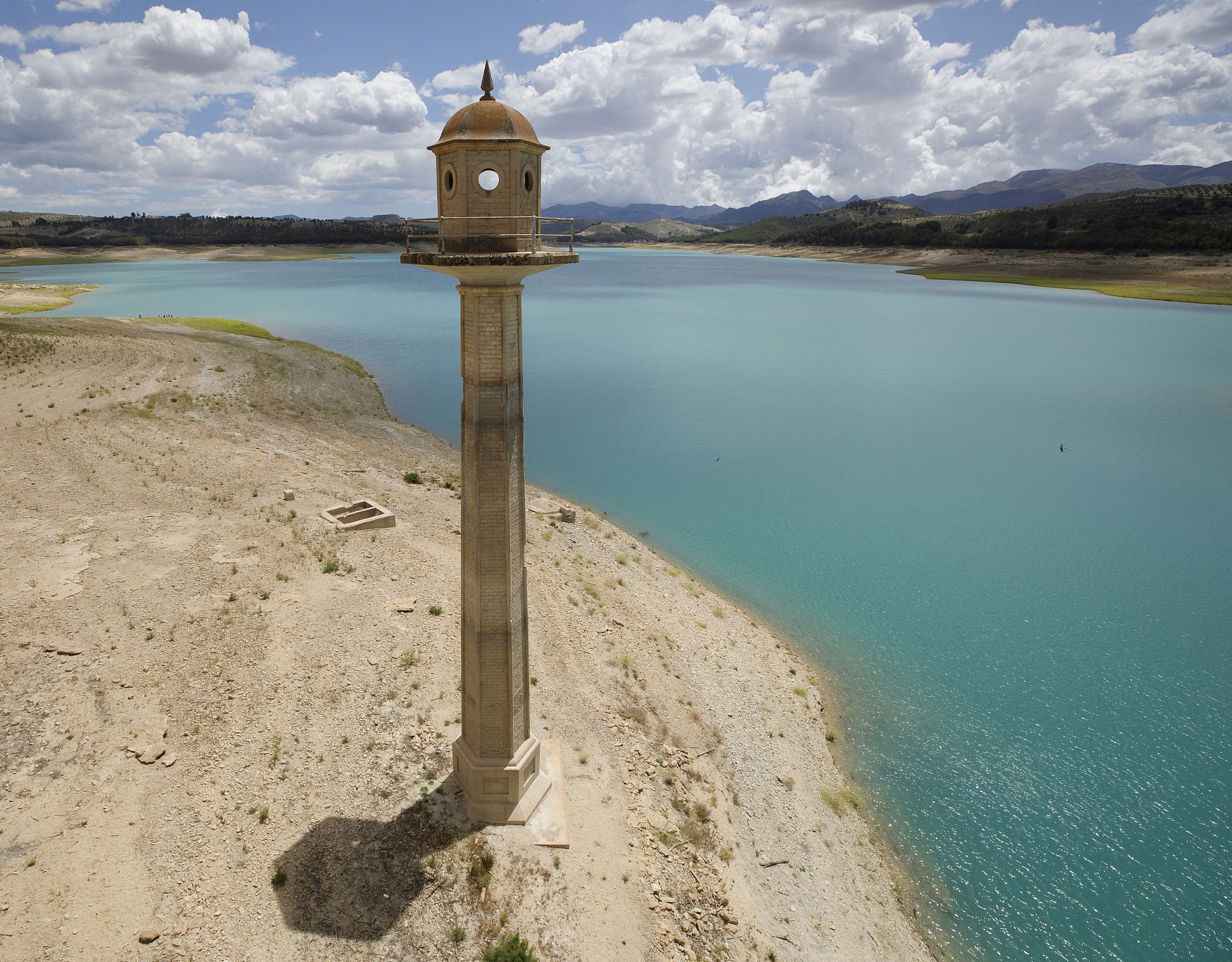
On May 13th, 2023, local time, the Los Bermejales Reservoir in Grana, Spain was affected by drought, and its storage capacity was only 18%.
The lake is in trouble
Researchers come from the University of Colorado at Boulder, the University of Toulouse, France and King Abdullah University of Science and Technology in Saudi Arabia. Using satellite observation data from 1992 to 2020, combined with climate data and hydrological models, they studied 1051 large lakes and 921 large reservoirs around the world, and their water storage capacity accounted for 96% and 83% of the global natural lakes and reservoirs respectively.
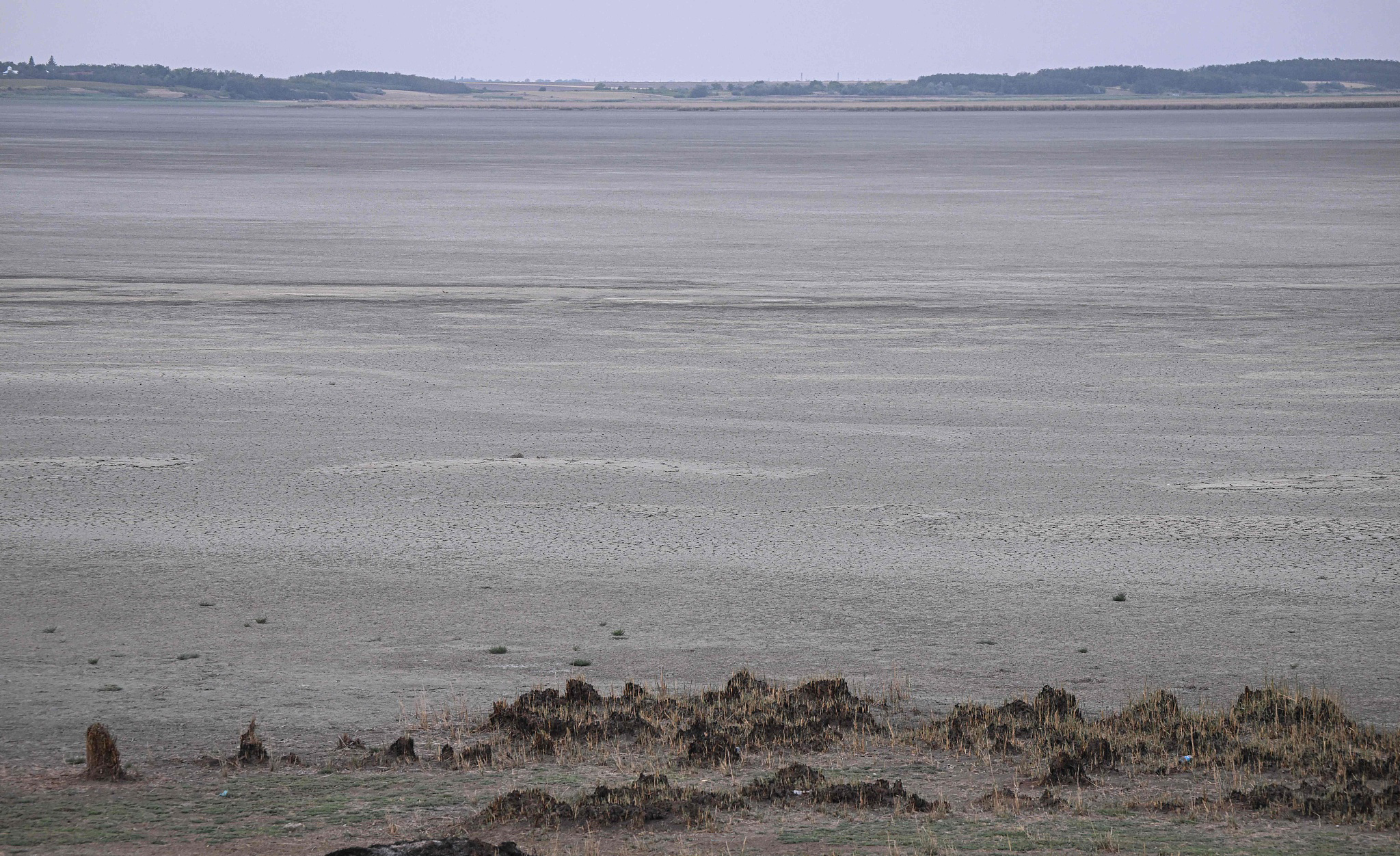
On July 28th, 2022, local time, Slobodzia, Romania, the dry bed of Lake Amara. Due to the lack of precipitation and extreme high temperature, Lake Amara, which stretches for about 8 square kilometers, almost evaporated.
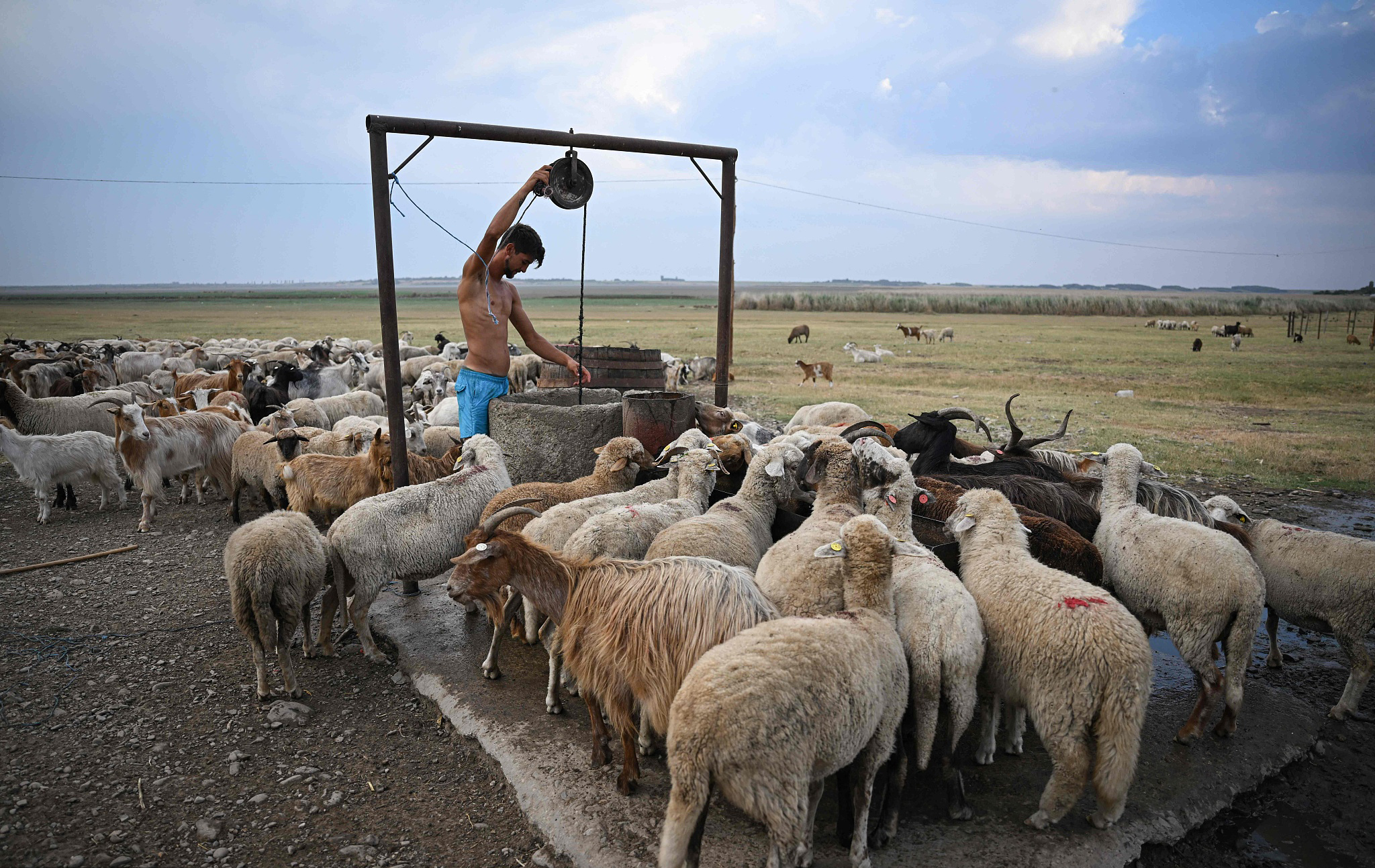
On July 28th, 2022, in Slobozia, Romania, a shepherd drew water from a well beside the bed of Lake Amara.
The researchers say that they pay attention to these large freshwater bodies because the larger the observation range, the higher the accuracy of satellite observation data, and large water bodies are also important to humans and wildlife. In 28 years, they evaluated these water bodies six times a year. The results show that although the water storage capacity of some lakes and reservoirs has increased, on the whole, the water storage capacity of lakes and reservoirs in the world has generally decreased, with an average annual net decrease of about 22 billion tons, equivalent to the annual water consumption of the United States in 1995; The cumulative volume of water decreased by about 603 cubic kilometers, equivalent to 17 times the volume of Lake Mead, the largest reservoir in the United States. Lake Mead is impounded by the Hoover Dam on the Colorado River, covering an area of more than 600 square kilometers.
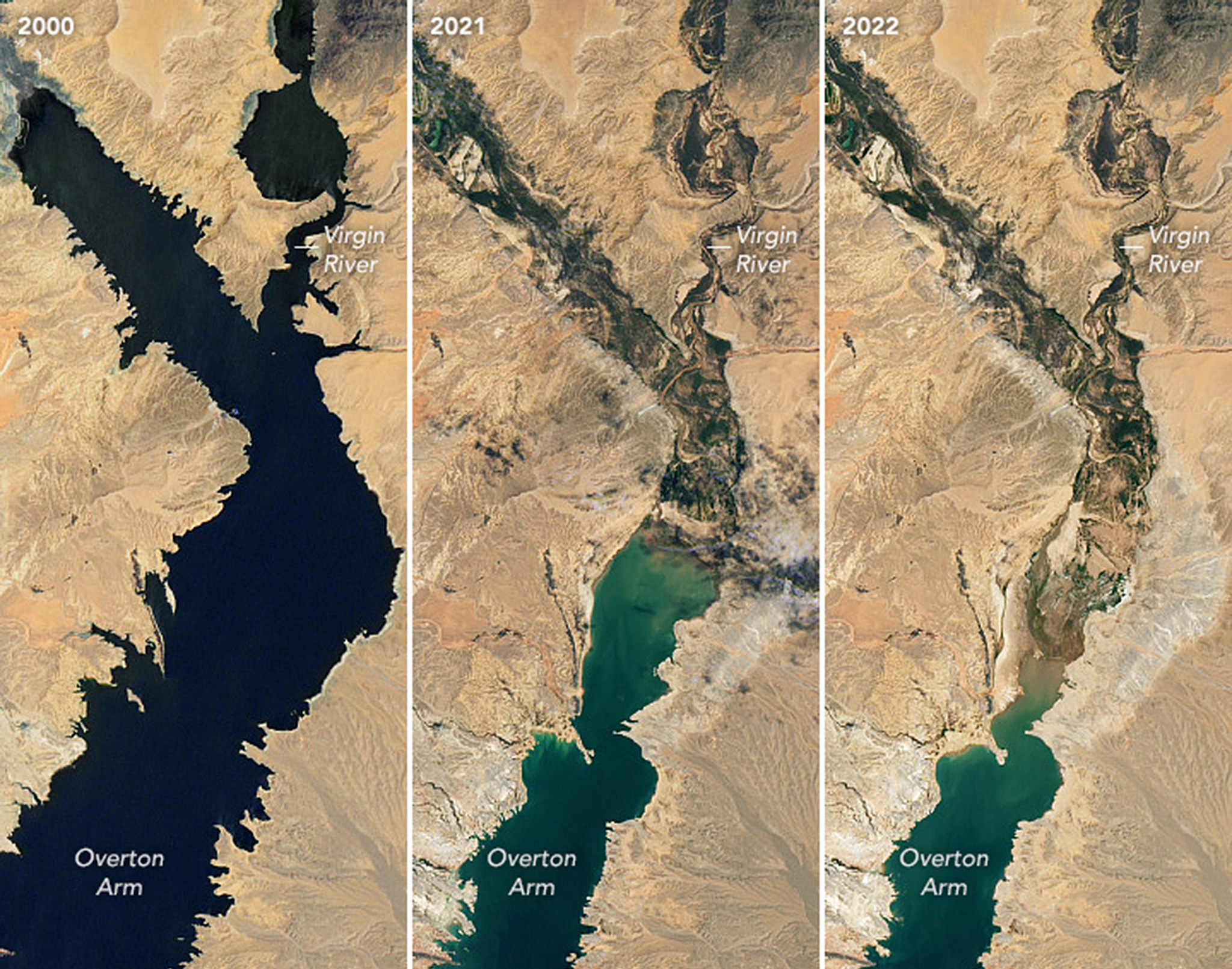
Changes of Lake Mead in the United States from 2000 to 2022.
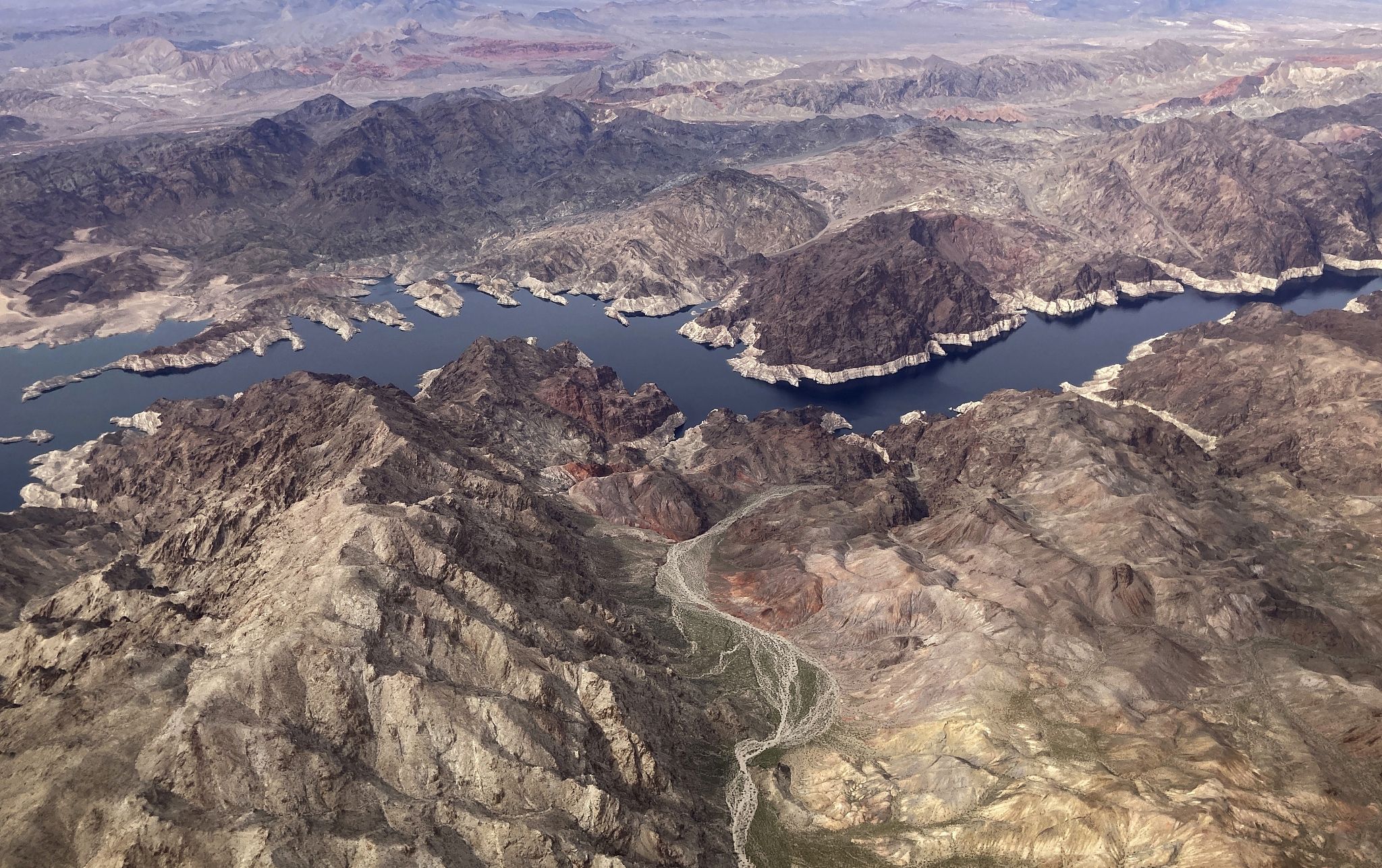
On March 6, 2023, in Boulder, Nevada, USA, along the border between Nevada and Arizona, the "bathtub ring" shows the water level line of Lake Mead.
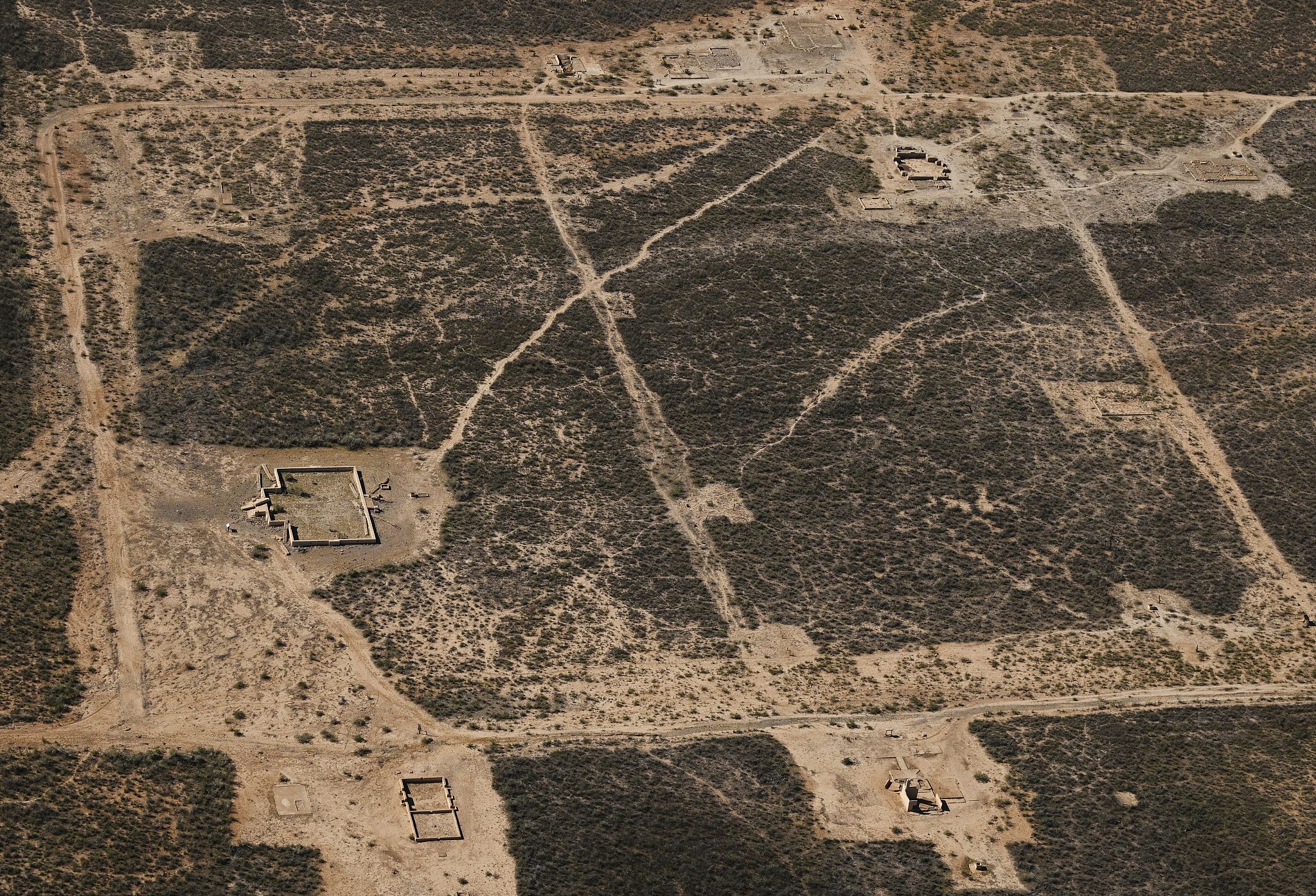
On April 16th, 2023, Nevada, USA, during the low water level of Lake Mead, you can see the ruins of St. Thomas. When Lake Meade was first filled in the 1930s, the ruins of St. Thomas were submerged by the reservoir.
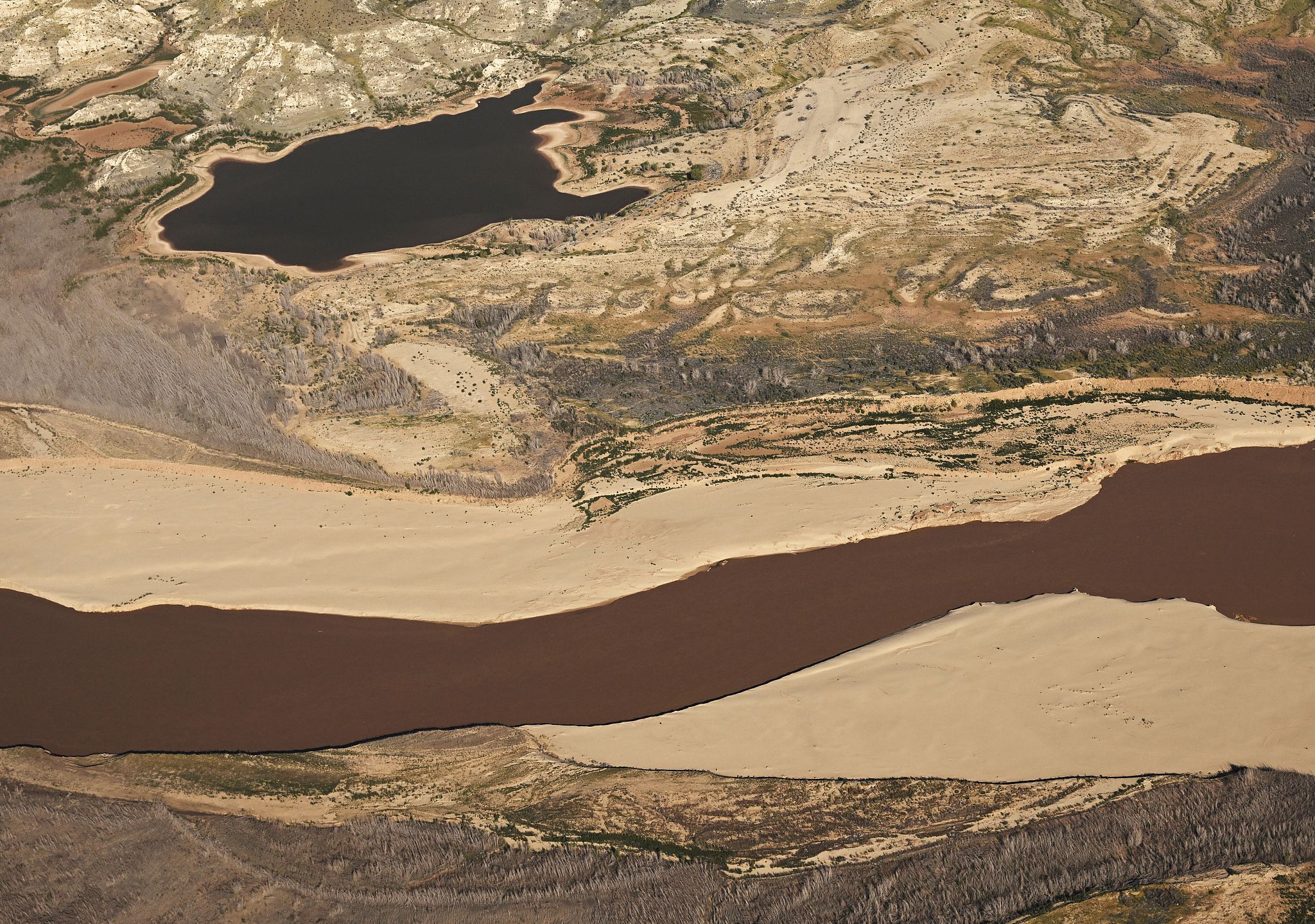
On April 16, 2023, local time, in Nevada, USA, the brown Colorado River flows through Lake Mead, where the water level drops.
Balaji Rajagopalan, a professor at the University of Colorado at Boulder, said that about 2 billion people in the world, that is, 25% of the total population, live in large lakes and their watersheds, and from a global perspective, "lakes are in trouble and have far-reaching effects".
Climate factors are even greater.
Researchers use statistical models including climate and hydrological trends to sort out the reasons for the reduction of water storage capacity, and find that for natural lakes, 56% of the net loss is caused by climate change and human activities, of which climate change "accounts for a larger proportion", the most obvious performance is that the increase of temperature leads to the increase of water evaporation.
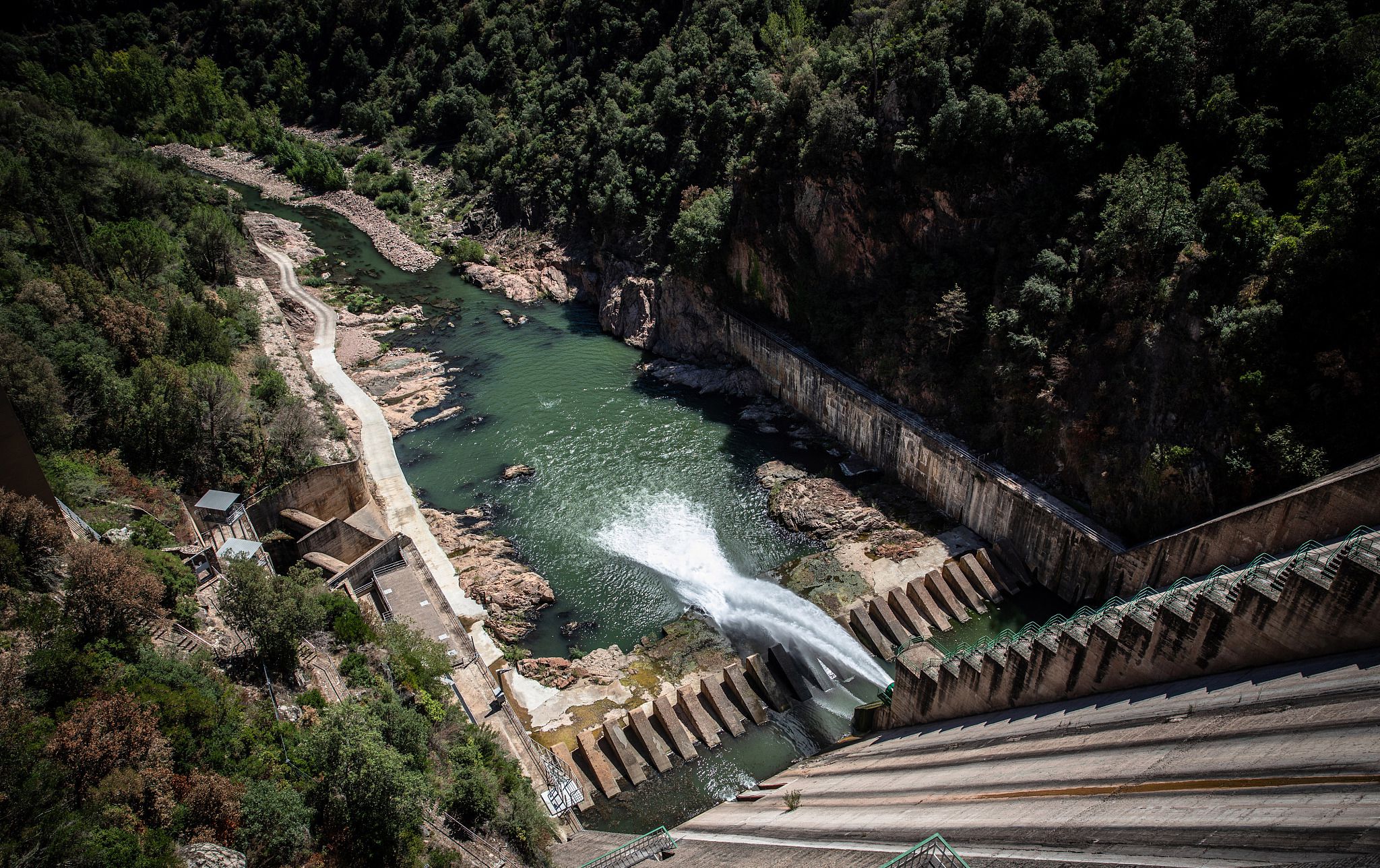
On August 20th, 2022, local time, water poured down from the dam in Desso, villanova, Spain.
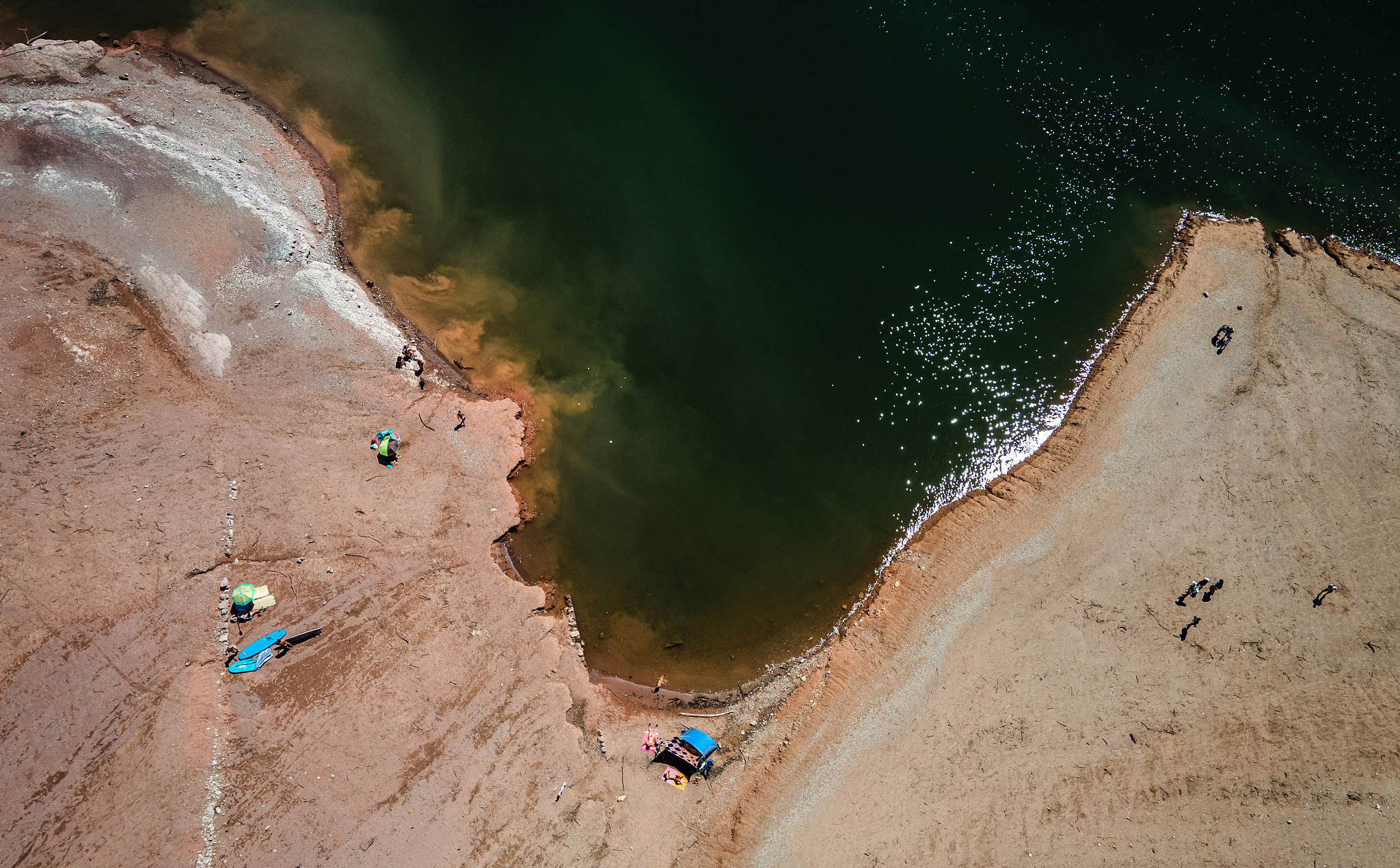
On August 20th, 2022, local time in Deso, villanova, Spain, the water level of the reservoir was low due to drought.
For the reservoir, the main reason for the decrease of water storage capacity is sedimentation: due to upstream sediment deposition, the reservoir is blocked, the aging of the reservoir is accelerated, and the water storage capacity is reduced. These changes do not happen overnight, but as slowly as boiling frogs in warm water. The researchers pointed out that deposition will also be affected by climate change. For example, with global warming, the scale of wildfire is becoming larger and larger, burning trees and destroying soil stability, resulting in an increase in sediments flowing into lakes and reservoirs.
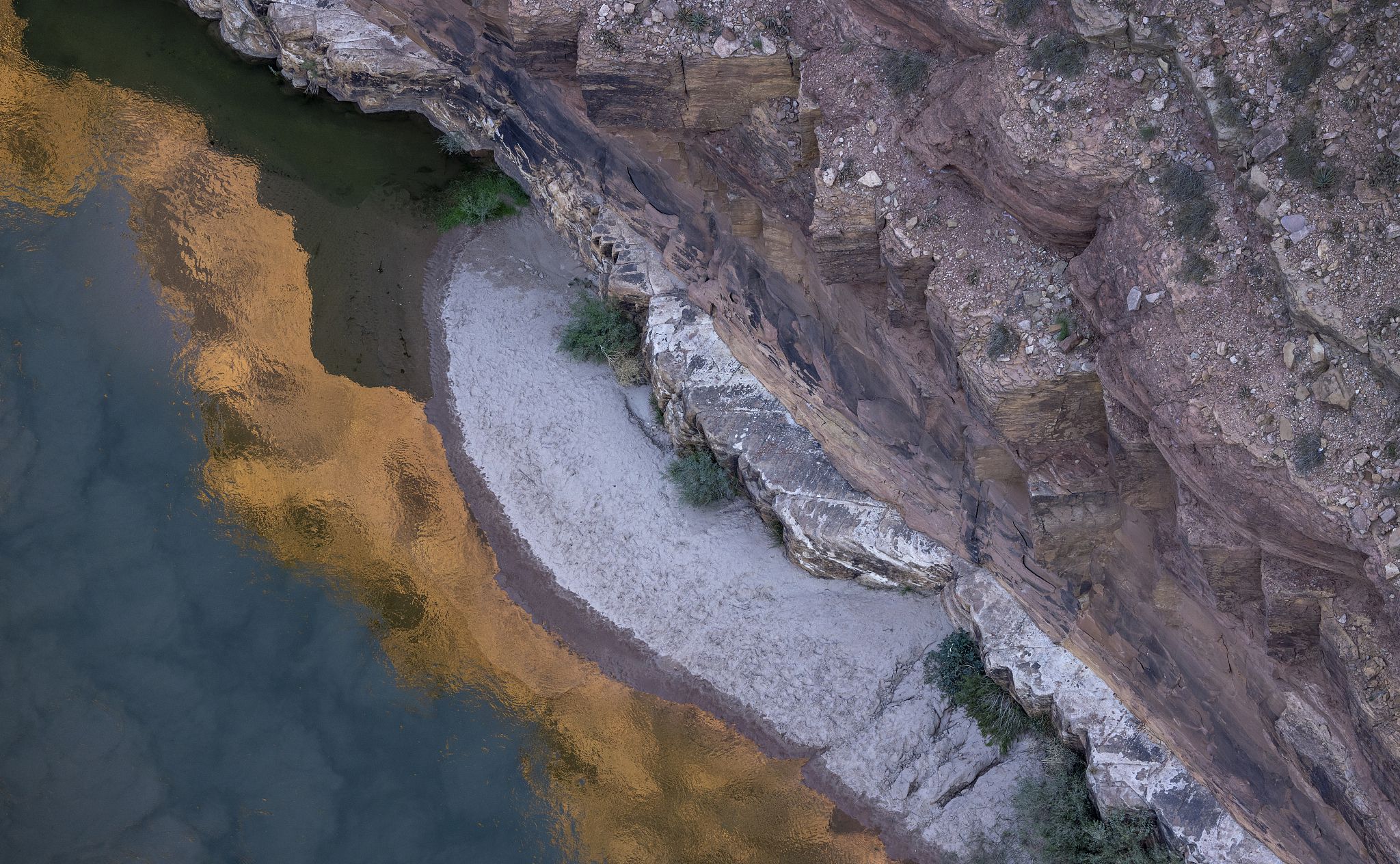
On August 31, 2022, in Marble Canyon, Arizona, USA, when sediments were flowing through the Marble Canyon at the lower reaches of Lake Powell, the red sandstone cliff was reflected in the Colorado River. In recent years, the drought caused by climate change has lowered the water level of Lake Powell, the second largest reservoir in the United States.
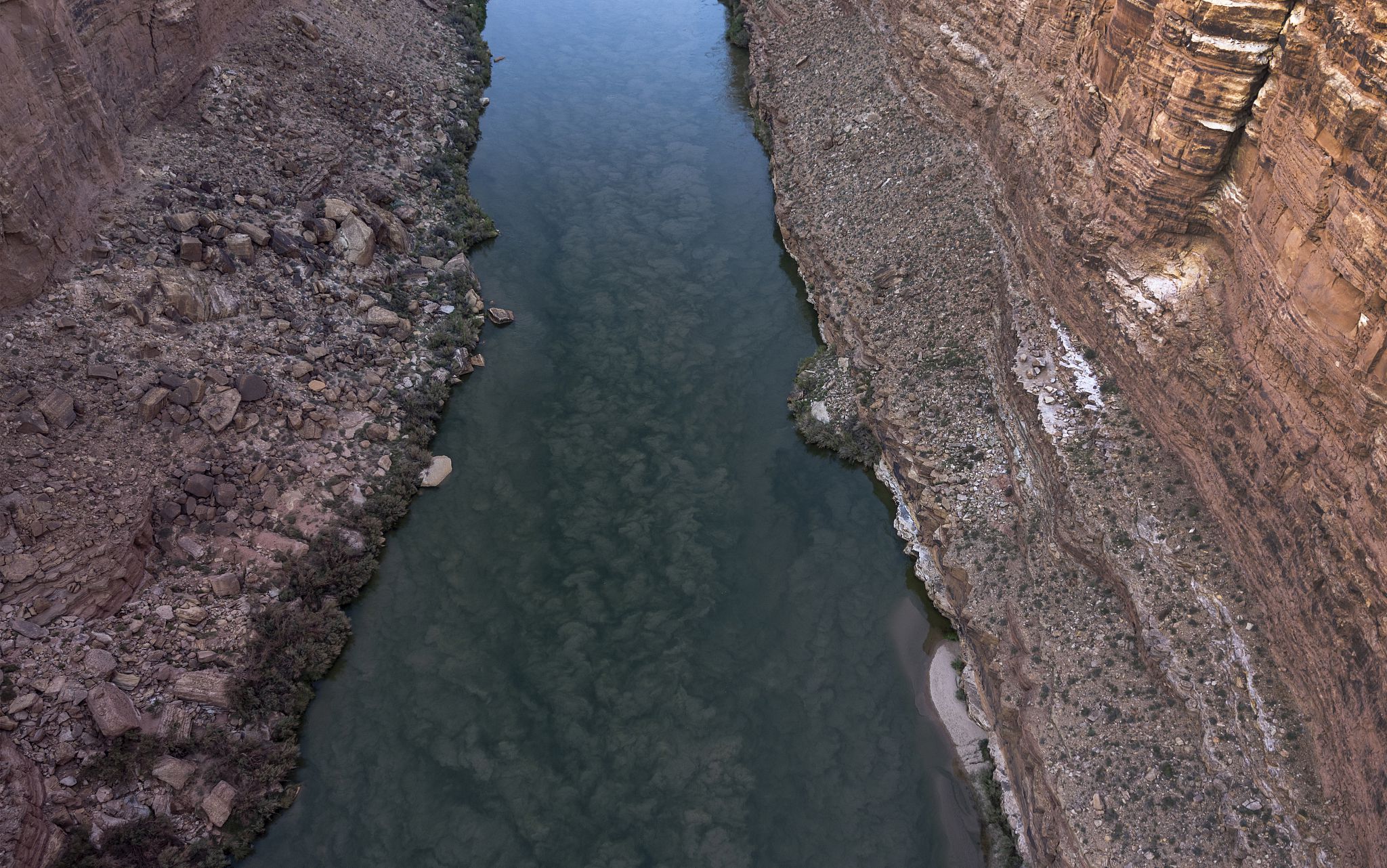
On August 31, 2022, local time, the Colorado River downstream of Lake Powell in Arizona, USA, was stirred when it passed through the marble canyon.
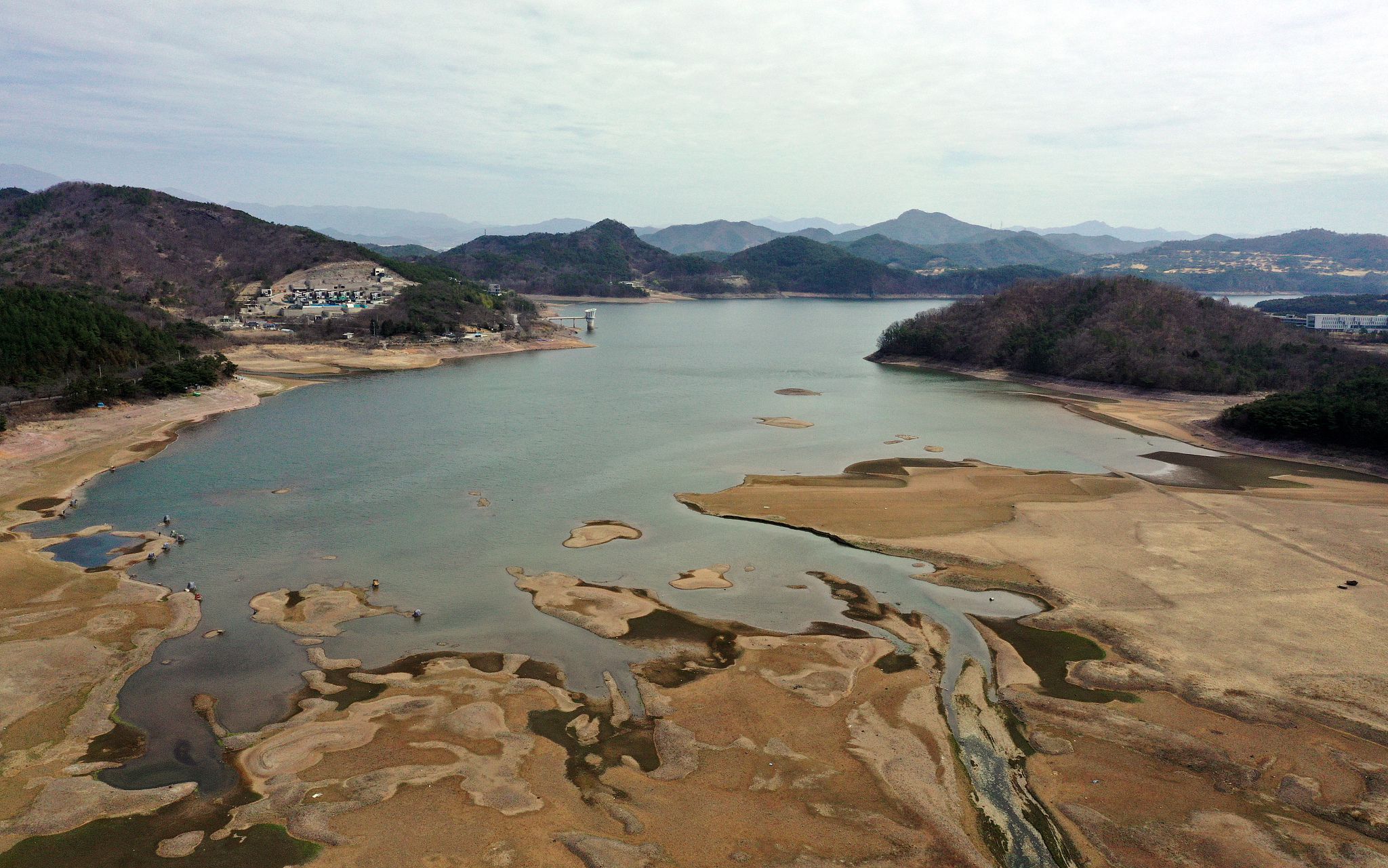
On March 21st, 2023, local time, Luozhou, South Korea, and Luozhou Lake suffered from severe drought, the water volume decreased, and the riverbed was exposed.
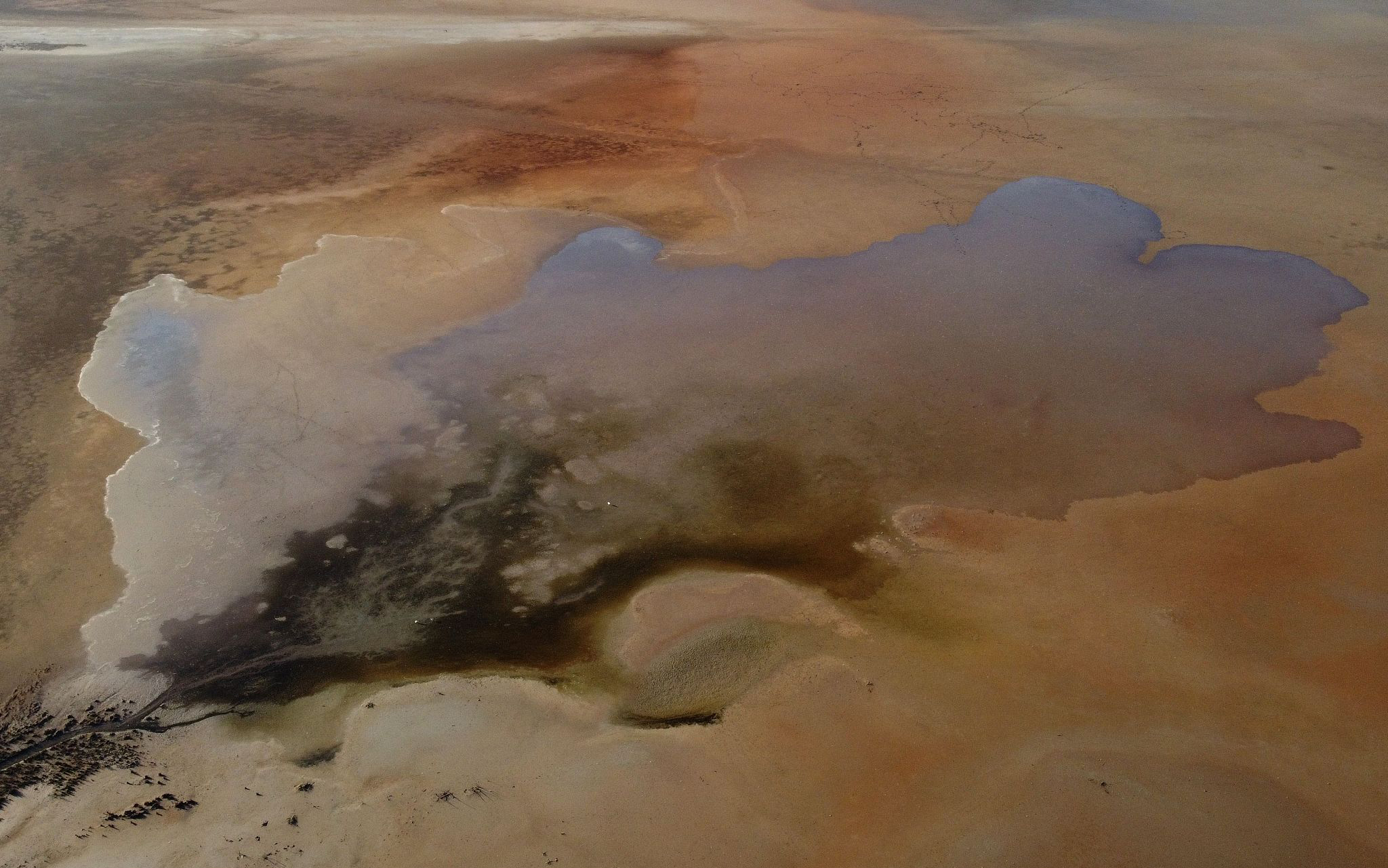
On February 15th, 2022, local time, Shiquan Lake, 70km away from Malaga, Spain, almost dried up. Officials claim that Spain’s water reserves are currently less than 45% of its capacity,
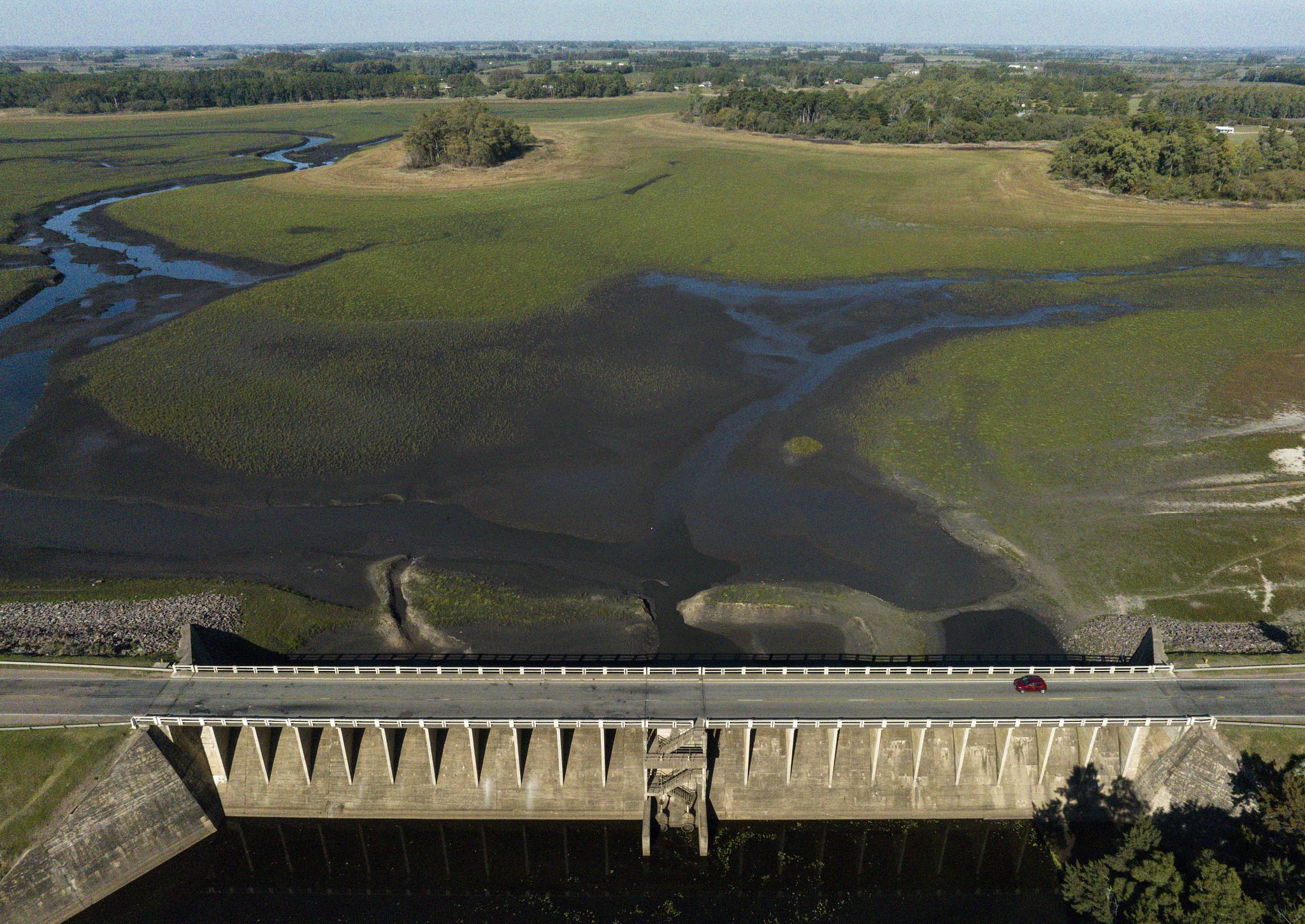
May 15th, 2023, Canelon Grande Reservoir, Cane Lohnes, Uruguay. The persistent drought in Uruguay has caused serious salinization of drinking water in Montevideo and metropolitan areas, and the water level in nearby reservoirs has dropped.
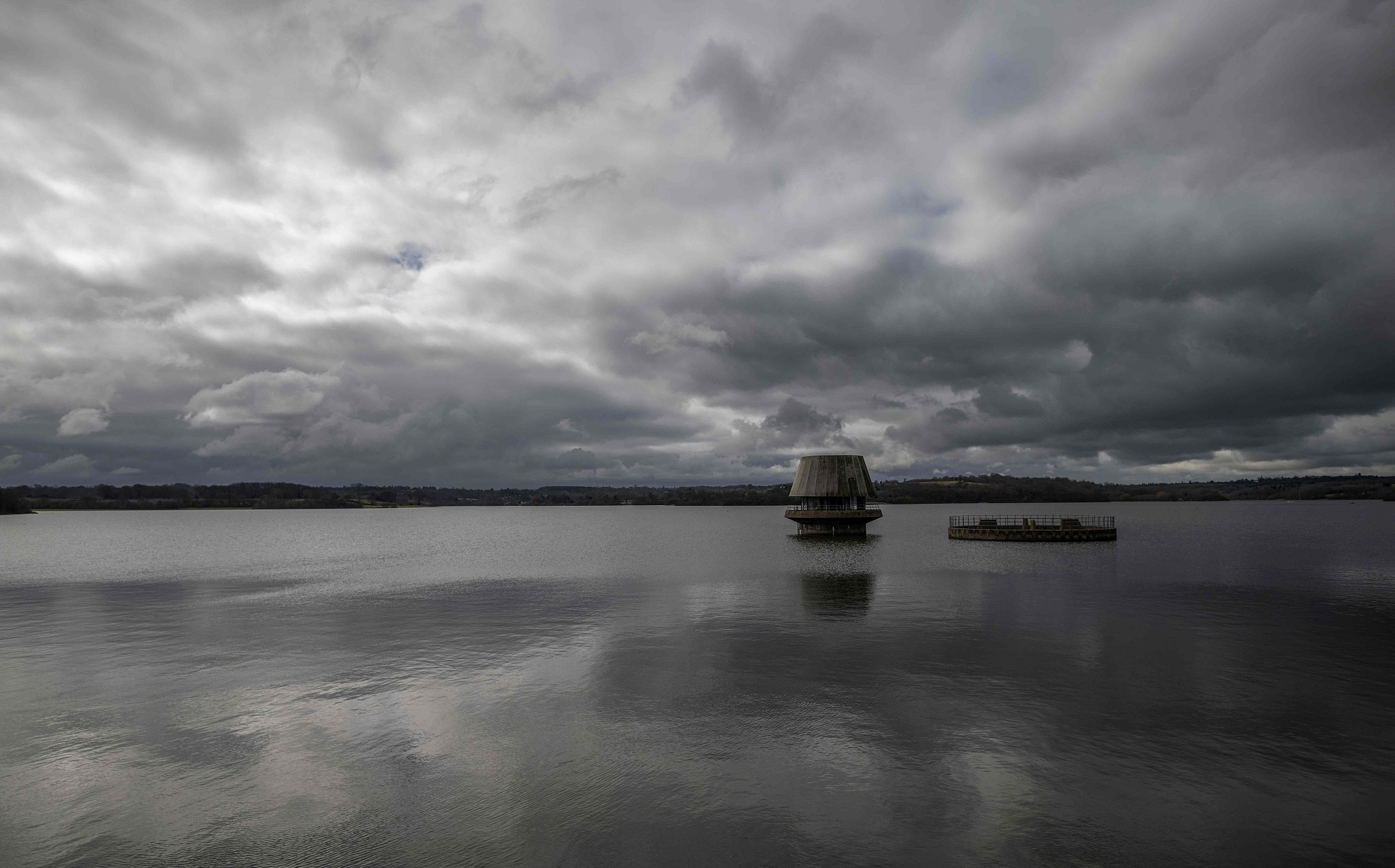
On March 4, 2023, local time, Bewl Reservoir, a suburb of Rambohurst, Kent, England. Since March, the storage capacity of the reservoir has steadily decreased, and it is currently 67%, compared with only 42% in October last year.
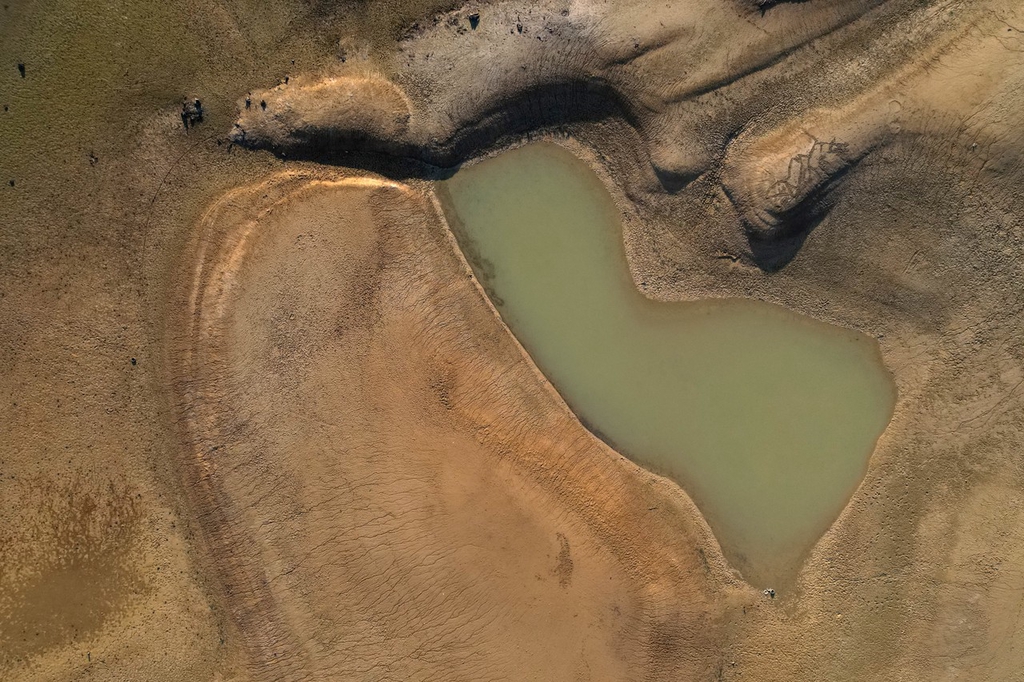
On March 13th, 2023, local time, most areas of French Lake Momber dried up to the bottom. It is reported that there has been no rain in France for 32 consecutive days, which is the longest winter drought since records began in 1959. The abnormal drought has aroused people’s concern.
The wet is also drying out.
When talking about the impact of climate change in the past, many people thought that it would lead to "drier arid areas and wetter humid areas". This latest study overturns the second half of the sentence — — Even in wet areas, a lot of water will be lost, "this should not be ignored." Researchers say that in the past 30 years, whether in humid tropical areas or cold high latitudes, the water storage capacity of lakes worldwide has generally declined. This shows that "the global drought trend is more extensive than previously thought".
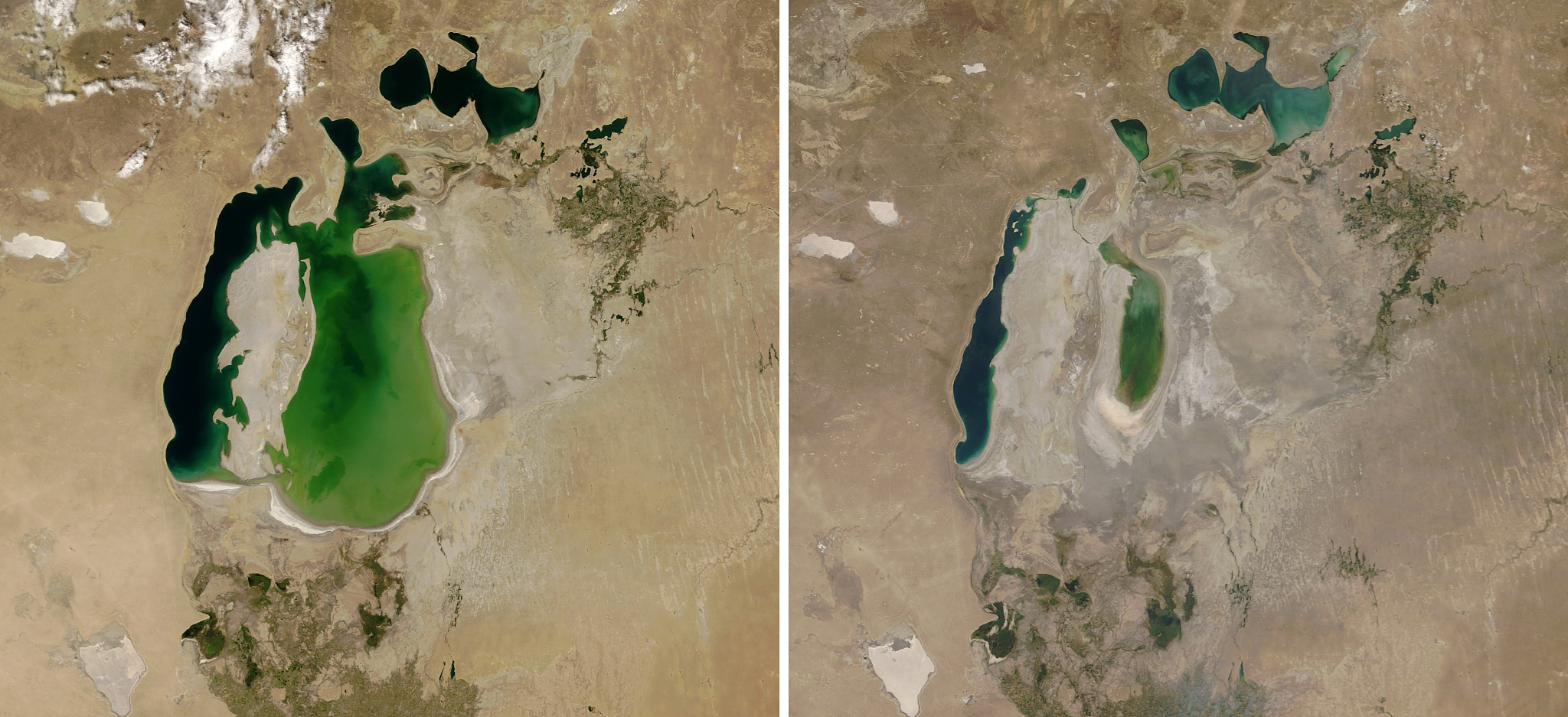
(Left) On August 25th, 2000, local time, the Aral Sea between Kazakhstan and Uzbekistan. (Right) On August 21, 2018, local time, the Aral Sea between Kazakhstan and Uzbekistan. On May 18th, 2023, a new study said that since the early 1990s, due to the high temperature caused by climate change and the social diversion of water resources, the world’s lakes have lost trillions of gallons of water every year.
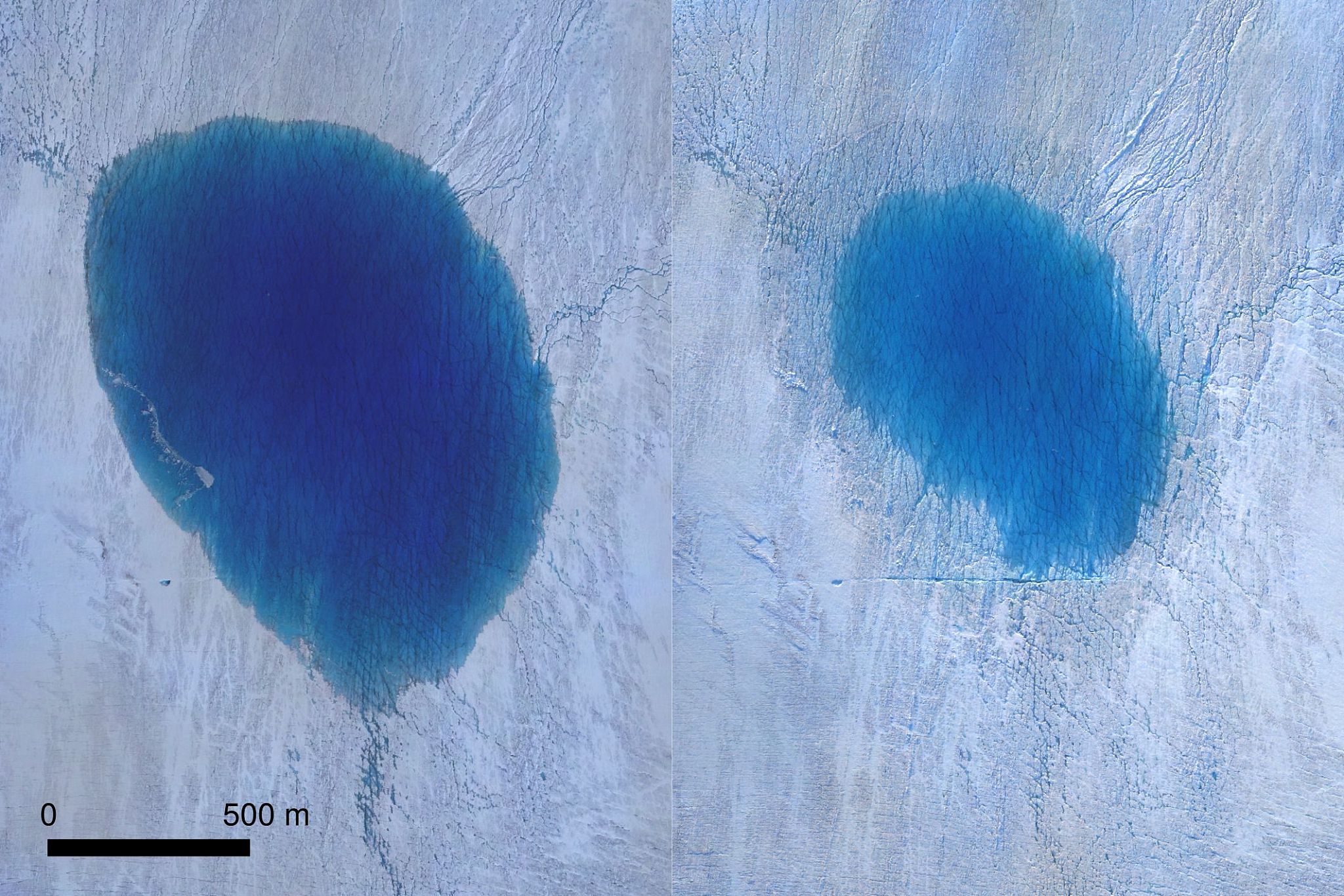
On December 2, 2019, local time, a lake formed by melting water on the Greenland ice sheet began to burst and drain rapidly after being filled with water. Due to climate change, this phenomenon became more and more frequent.
In their view, under the general environment of climate warming, the intensification of water cycle may not lead to the increase of water storage in humid areas, partly because of the increase of soil evaporation and the possibility of taking longer to recover from drought.
Photo source: Xinhua News Agency, vision china, and 澎湃 Image.